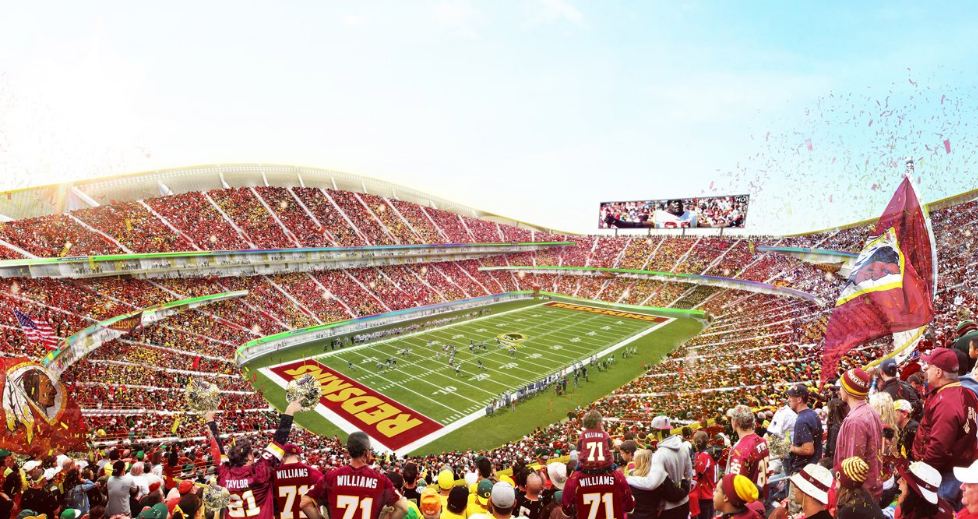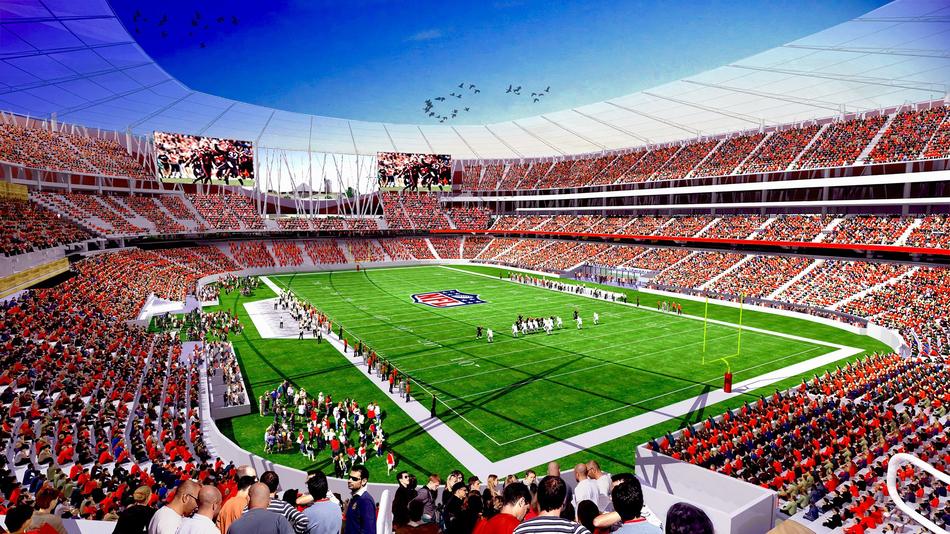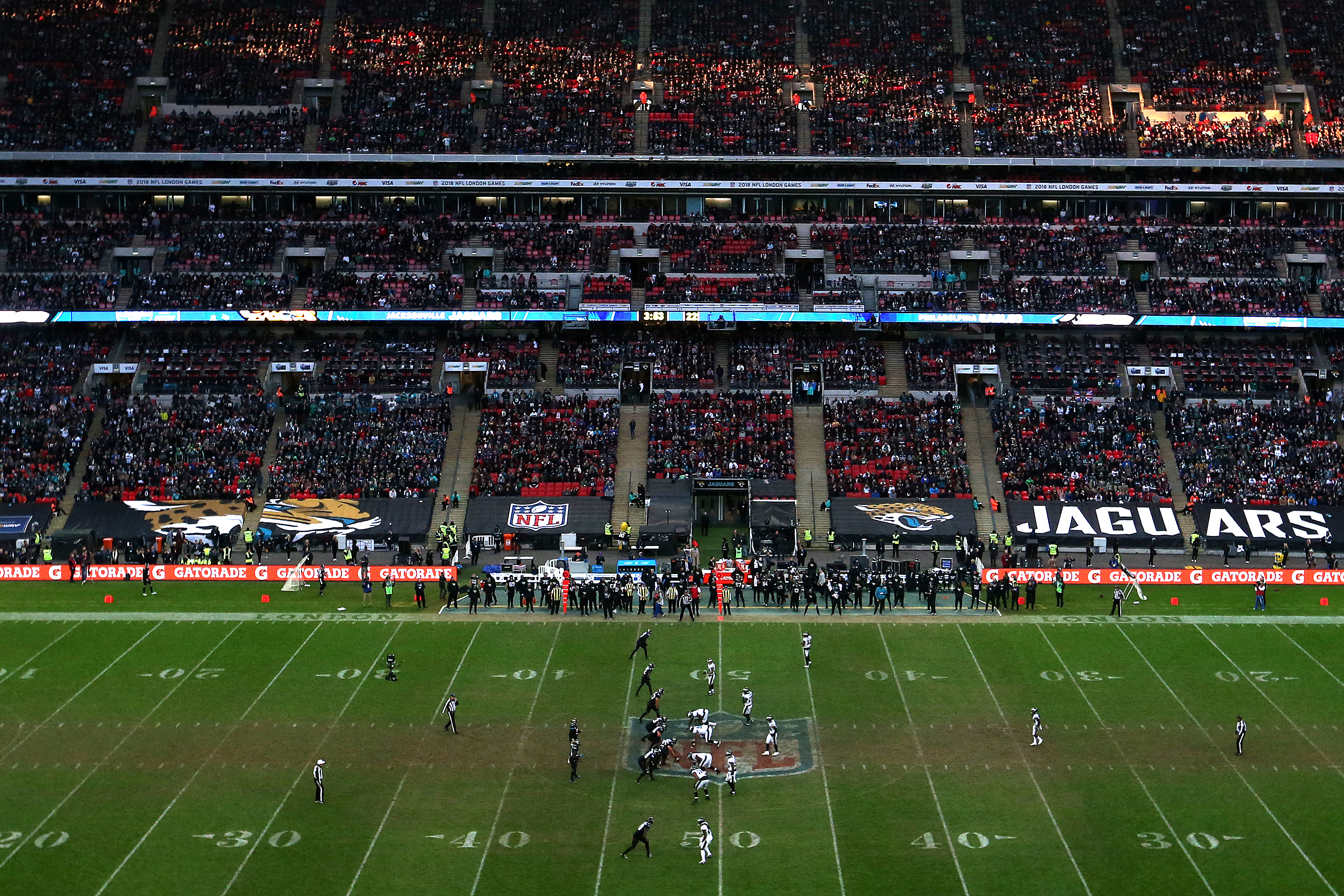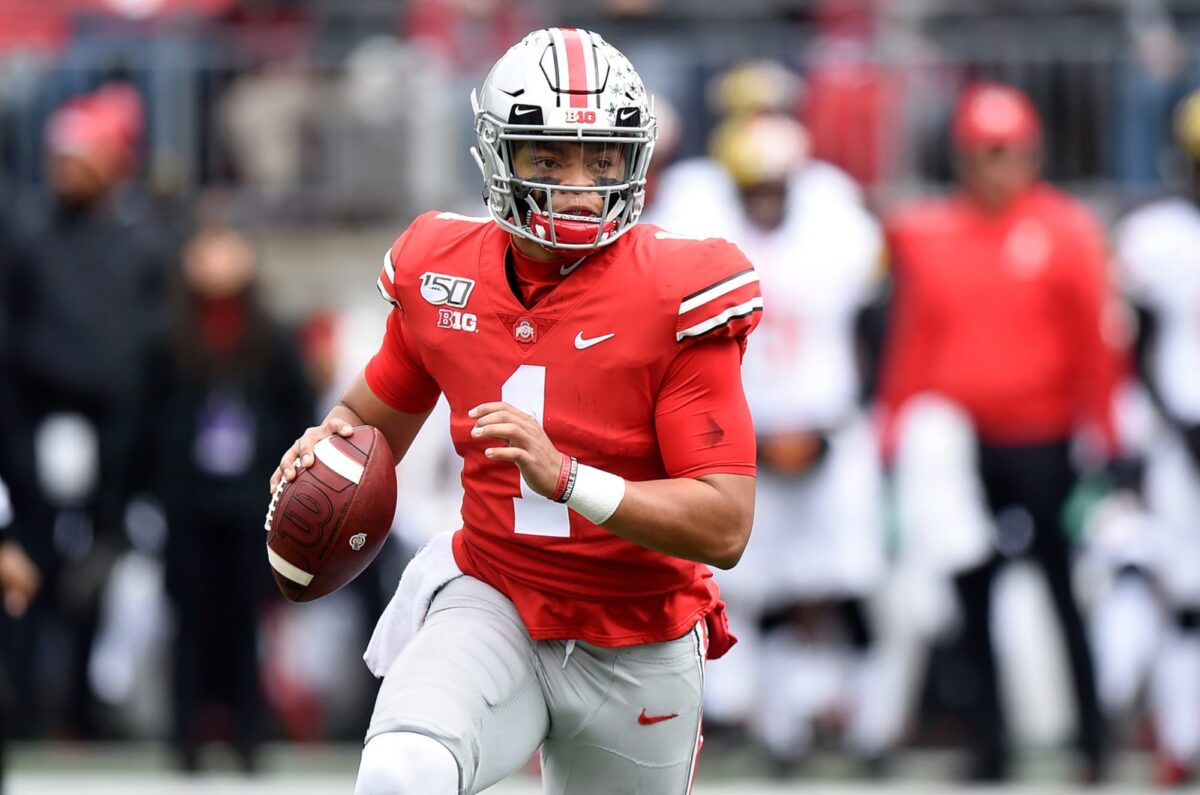In contrast to college football stadiums, the largest of which can and regularly do accommodate over 100,000 spectators, no stadium in the league currently has a listed seating capacity of more than 82,500. In the opposite direction, the league has a firm minimum on the number of seats an NFL stadium should have; since 1971 the league has not allowed any stadium under 50,000 seats to host a full-time NFL team. The final potential source of reform is grassroots disgruntlement that leads to a political reaction against sports subsidies. Stadium politics has proven to be quite controversial in some cities. Some citizens apparently know that teams do little for the local economy and are concerned about using regressive sales taxes and lottery revenues to subsidize wealthy players, owners, and executives.
Voters rejected public support for stadiums on ballot initiatives in Milwaukee, San Francisco, San Jose, and Seattle, although no team has failed to obtain a new stadium. Still, more guarded, conditional support from constituents can cause political leaders to be more careful in negotiating a stadium deal. Initiatives that place more of the financial burden on facility users—via revenues from luxury or club boxes, personal seat licenses , naming rights, and ticket taxes—are likely to be more popular. A dome also requires turf, and there's a big debate between the effects of natural grass and artificial turf. There were no domed stadiums until 1962, a few NFL stadiums predate it, so requiring every team to use a dome is unrealistic. Meeting the challenge to provide the Raiders with a real grass field in the desert, the facility also features a retractable field system.
This feature provides the stadium with the versatility of using both natural grass and artificial turf playing surfaces. Allegiant Stadium is the 1.8 million-square-foot world-class home of the NFL's Las Vegas Raiders and the University of Nevada, Las Vegas college football team. The Saints are the only team to have won a Super Bowl at home, a domed stadium. Miami's Hard Rock Stadium hosted the championship game, and the Colts' home games were played in a retractable roof stadium. Only domed and retractable roof stadiums are included, i.e. stadiums that cover both spectators and playing field.
Wembley Stadium in London, which seats 90,000 spectators, is not included as the roof can only be partially closed. The stadiums are divided into current stadiums, closed stadiums, and future stadiums (those currently under-construction and those planned for construction). Our world's grandiose stadiums are much more than simply infrastructure for giving the local team a place to play and rock stars a stage to perform on. The public share included a state grant and a tax increase on rental cars.
How many NFL stadiums are domed The public share includes a 0.5% city sales tax increase, 2% city hotel tax increase, 5% city car-rental tax increase, 10% stadium admissions tax, 3.5% parking tax for stadium events and a $25 million county payment. The Cowboys, thanks in part to their palatial stadium along with league-high levels of revenue and operating income, are the most valuable NFL franchise, according to Forbes, worth an estimated $6.5 billion. A professional sports team, therefore, creates a "public good" or "externality"—a benefit enjoyed by consumers who follow sports regardless of whether they help pay for it.
The magnitude of this benefit is unknown, and is not shared by everyone; nevertheless, it exists. As a result, sports fans are likely to accept higher taxes or reduced public services to attract or keep a team, even if they do not attend games themselves. These fans, supplemented and mobilized by teams, local media, and local interests that benefit directly from a stadium, constitute the base of political support for subsidized sports facilities. There's plenty to debate within the NFL's various playing surfaces, and there are also plenty of complaints to go around.
The trend is toward artificial turf, as several stadiums have replaced natural grass with artificial turf in recent years. Facilities managers say artificial grass provides a more consistently reliable surface than natural grass fields. However a majority of NFL stadiums now use artificial turf, a big vote of confidence in commercial artificial grass. If it's good enough for millionaire athletes, chances are that it's also good enough for your home or business lawn.
Nicknamed the "Eighth Wonder of the World," the Astrodome was built to protect an entire sports area suitable for baseball and football, with seating for 66,000 spectators. The Lucite-paneled dome, spanning 642 feet , is supported by a steel lattice. The entire interior is air-conditioned at 74 °F (23 °C) and fully lighted with power from its own electricity-generating system. The playing field, constructed 30 feet below grade, spans 150,000 square feet. MetLife Stadium was originally envisioned as a retractable-roof stadium, but the owners of the New York Giants and New York Jets, who share the facility, balked at the cost, according to a report about the stadium.
With two teams playing on the field, the stadium gets more football-related use than many NFL facilities, noted Lee Slade, a senior principal at Walter P. Moore. Pricing is also a factor when it comes to building domed stadiums. The added price of an extra roof often inflates the budget of a stadium. Any city or financier of a stadium would not want extra tens or hundreds of millions added to their stadium project because of an "unnecessary" component. In the future, more franchises may opt to break ground on domed and retractable-roof venues, but the data indicates it isn't in their best interest, unless every team is on an equal playing field.
Until then, the teams with open-field stadiums appear best suited to march on to victory, especially when the games count the most. The Cardinals threatened to move unless they got a new stadium, largely financed by taxpayers, to replace the stadium at Arizona State University in Tempe where they played home games. The county agreed to impose car rental and hotel taxes, aimed at tourists, to cover most of the public share. Monopoly leagues convert fans' (hence cities') willingness to pay for a team into an opportunity for teams to extract revenues.
But in most cases, local and state governments have paid over $100 million in stadium subsidy, and in some cases have financed the entire enterprise. Yes, Soldier Field did open in 1924 as a major event facility, seating 74,280 for major events like Notre Dame/Northwestern football soon after opening. But pro football eschewed it until 1959, when the Chicago Cardinals played a season there before departing for St. Louis. It wasn't until 1970 that the Chicago Bears moved to Soldier Field from Wrigley Field, and it came with some changes, as the seating capacity was downsized. A 2003 renovation dramatically altered Soldier Field, keeping the historic exterior while adding a next-generation seating bowl. Thanks to the COVID-19 pandemic, many NFL stadiums prevented fans from attending games early in the regular season.
As the year unfolded, with the NFL losing billions of dollars in stadium revenue, teams started welcoming a smaller number of fans back into their buildings. New Jersey currently lays claim to the world's most expensive stadium, but when you learn the details of the financing, it's little wonder they were able to build such an impressive stadium. Two of the NFL's most prominent teams, the New York Jets and the New York Giants, shared the construction costs equally and they continue their stadium-sharing plan that they had when they played in the old Giant Stadium.
Completed in 2010, and currently known as MetLife Stadium, the new building is the largest NFL stadium without a dome. The Patriots made the change from grass to turf followinga loss to the New York Jets in Week 10 of the 2006 season. The biggest part of the public share, $127 million, comes from the Washington State Lottery.
A county sales tax and hotel and motel tax also contribute to the public portion, along with stadium parking and admissions taxes. The Seahawks will use naming rights revenue to pay for stadium improvements and capital projects. A better approach would be to use antitrust to break up existing leagues into competing business entities.
Under these circumstances no league would be likely to vacate an economically viable city, and, if one did, a competing league would probably jump in. Other consumer-friendly consequences would ow from such an arrangement. Competition would force ineffective owners to sell or go belly up in their struggle with better managed teams.
Teams would have lower revenues, but because most of the costs of a team are driven by revenues, most teams would remain solvent. Player salaries and team profits would fall, but the number of teams and player jobs would rise. A second rationale for subsidized stadiums is that stadiums generate more local consumer satisfaction than alternative investments.
Professional sports teams are very small businesses, comparable to large department or grocery stores. They capture public attention far out of proportion to their economic significance. Broadcast and print media give so much attention to sports because so many people are fans, even if they do not actually attend games or buy sports-related products.
Sports teams do collect substantial revenues from national licensing and broadcasting, but these must be balanced against funds leaving the area. Most professional athletes do not live where they play, so their income is not spent locally. Moreover, players make inflated salaries for only a few years, so they have high savings, which they invest in national firms. Finally, though a new stadium increases attendance, ticket revenues are shared in both baseball and football, so that part of the revenue gain goes to other cities. On balance, these factors are largely offsetting, leaving little or no net local export gain to a community. Rising like a UFO in the West Valley, University of Phoenix Stadium features a unique retractable grass field.
The natural grass can be automatically moved outside to soak up plenty of sun while other events are held at the domed stadium. Opening in 2006, the stadium offers outstanding, unobstructed views for 63,400 fans with the ability to expand to 73,000 for mega-events. The stadium has hosted two Super Bowls , two National College Football Championship games, and the 2017 NCAA Final Four Basketball Championship. Encompassing over 1.7 million square feet of space, State Farm Stadium has numerous premium seating and space options including 88 lofts and 7,505 club seats. Most people at the open-air stadium Thursday night didn't wear masks. There was no vaccine requirement for fans, something Biden has urged sports and entertainment venues to impose.
Many other football stadiums are taking a similarly lax approach to pandemic measures this fall, and that worries health experts. A Super Bowl was awarded to Kansas City, but only conditionally, and when they were unable to raise all of the funds for the renovations to the would be venue, the Super Bowl was moved to another area. A similar carrot was dangled for the New York Jets, and retracted when the city and state could not agree on the funding for a retractable roof stadium. That they keep having to pull out seats says all you need to know. (It's sort of like how New Comiskey missed the retro trend started by Camden Yards).
The construction of some buildings has shown to be a wise use of tax dollars, and some stadiums have revitalized cities and provided them with steady cash cows. Other cities have been burned by inflating construction and repair costs, and sometimes they never find a way to produce an adequate return on their investments. Cleveland had lost the Browns to Baltimore, where owner Art Modell moved and renamed the team in 1996 in frustration after not getting a new or renovated stadium in Ohio. The Browns were revived in 1999 after Cleveland agreed to build a new stadium for the team. The city borrowed its share of the cost of the stadium and initially relied on an alcohol and cigarette "sin tax" to pay off this debt before shifting to the general fund.
The city receives some game-day revenue, such as parking and a tax on ticket sales. A 0.1% sales tax increase across six counties, along with interest earnings and the public share of naming rights revenue for the stadium, make up the public share. The deal gave the team control over nearly all stadium-related revenue but did require the Broncos to pay for a bigger share of operating expenses. SoFi Stadium is the most expensive sports venue ever built in this country and is the centerpiece of a 300-acre, multipurpose development site in Southern California.
Rams owner Stan Kroenke, worth a reported $10.7 billion, covered the full cost as its price tag ballooned from early estimates of less than $2 billion. The city is providing tax breaks that could reach $100 million over time. The stadium will host the 2022 Super Bowl and events for the 2028 Summer Olympics.
The team eventually would get its wish as the city of Minneapolis approved a new stadium to be built in the same spot. The theory behind the bill is that raising a city's cost from a stadium giveaway would reduce the subsidy. Although cities might respond this way, they would still compete among each other for scarce franchises, so to some extent the likely effect of the bill is to pass higher interest charges on to cities, not teams.
Some leases grant the city a right of first refusal to buy the team or to designate who will buy it before the team is relocated. Owners usually want to move a team because it is worth more elsewhere, either because another city is building a new facility with strong revenue potential or because another city is a better sports market. If the team is worth, say, $30 million more if it moves, what price must the team accept from local buyers? If it is the market price , an investor in the home city would be foolish to pay $30 million more for the franchise than it is worth there. If the price is the value of the franchise in its present home, the old owner is deprived of his property rights if he cannot sell to the highest bidder. In practice, these provisions typically specify a right of first refusal at market price, which does not protect against losing a team.
The subsidy starts with the federal government, which allows state and local governments to issue tax-exempt bonds to help finance sports facilities. Tax exemption lowers interest on debt and so reduces the amount that cities and teams must pay for a stadium. Since 1975, the interest rate reduction has varied between 2.4 and 4.5 percentage points. Assuming a differential of 3 percentage points, the discounted present value loss in federal taxes for a $225 million stadium is about $70 million, or more than $2 million a year over a useful life of 30 years. This stadium was built solely with the Jacksonville Jaguars in mind as they entered the league officially in 1995. Although it may not have the highest seating capacity in the league, up to 85,000 spectators are capable of watching a game within the stadium.
It has also done something which many NFL stadiums haven't done, which is to host a Super Bowl. NFL stadiums are an icon that have become a piece of the glorious culture and sport we call football. As we look back into the pages of time, most of the oldest NFL playing turfs were not even stadiums at all.
In fact, many of the oldest stadiums that are still used by NFL teams back in the original years were fields that would pale in comparison to some of the most elaborate home fields today. Football is a sport that is uniquely American and is still the most watched sport in the United States. In addition to being the largest NFL stadiums, many of the stadiums on this list are also some of the oldest and most visited NFL stadiums in the country. The one key element that can change from stadium to stadium is the playing surface. There is no set rule for real grass versus turf, so it is up to each stadium to decide.
10 "fixed" or "retractable" roof stadiums are in use within the NFL. We've had season tickets for the Texans at Reliant Stadium for the past few years and when the roof is closed the place feels great. The atmosphere is insane inside domed stadiums, and maybe it's because i've actually never seen a professional event in an outdoor stadium, . They do a great job of regulating the temperature and it really does amplify the noise making the game that much more enjoyable. Now, however, it seems like NFL teams have more money than they know what to do with.
And, with many teams recently switching cities, a few more new builds are in the works. The new Inglewood stadium being built for the Rams and Chargers will have a retractable roof. Santa Clara, California, USA; Pregame festivities before the San Francisco 49ers play against the Minnesota Vikings in the NFC Divisional Round playoff football game at Levi's Stadium.























